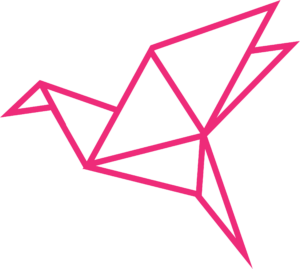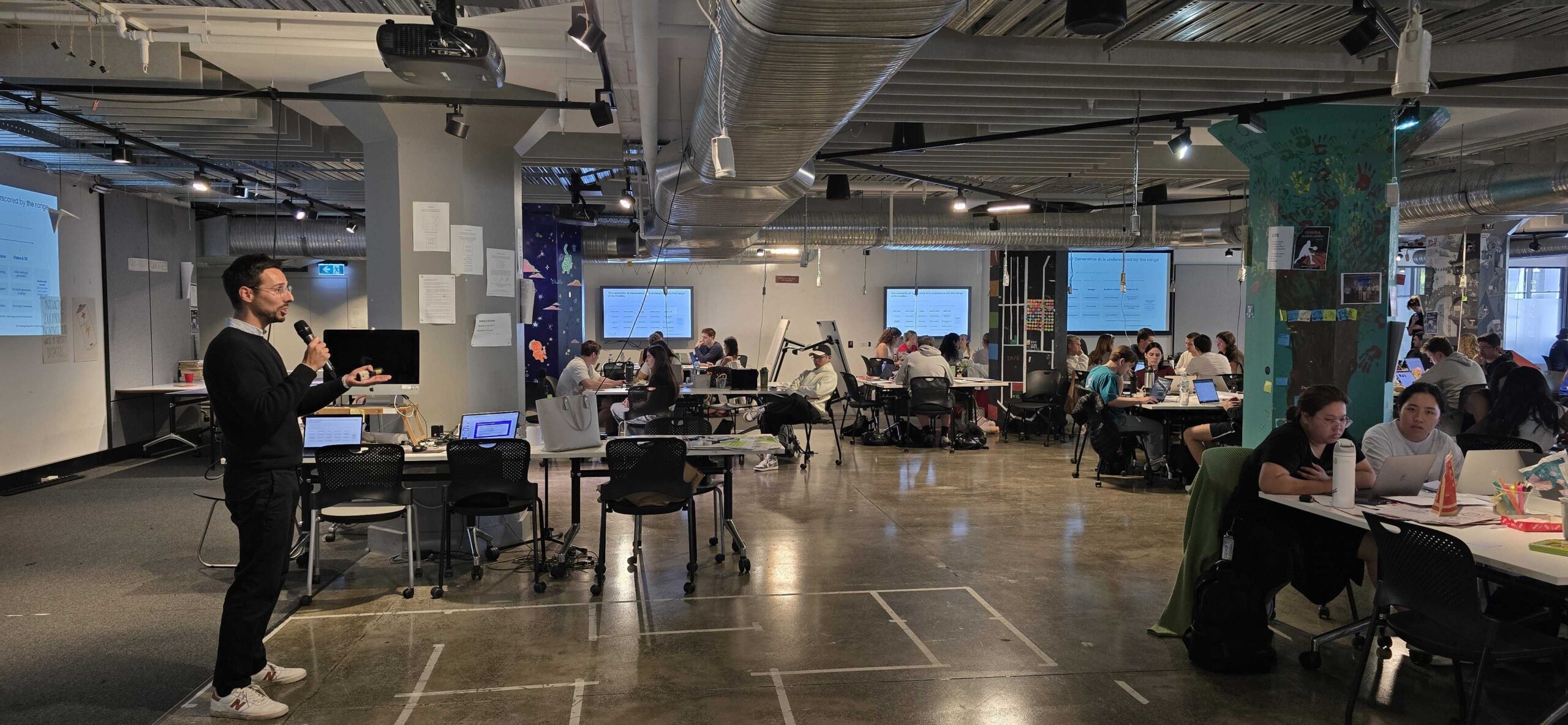By Julian Kezelman
The recent Chief Innovation Officer Summit in Sydney assembled Australia’s leading voices under one roof for a two-day master class on how to innovate. Delegates from a spectrum as diverse as healthcare, media and finance shared how they’re bringing innovation into the Australian enterprise at a time of unprecedented change when even formerly safe industries are under tension.
As a sponsor and chair for the summit, The Strategy Group had a ringside seat to see how Australian organisations are tackling the challenge to be more innovative as industries are remade around them.
Although there’s no one-size-fits-all approach to innovation, common themes emerged as speakers talked through their unique challenges. Here are our five key pointers to how Australian organisations are bringing innovation to bear.
Think big, start small, move fast
This simple innovation mantra from Joyce Phillips, CEO Global Wealth at ANZ bank, says it all. Aspire to deliver disruptive innovation but begin at the grassroots and get busy immediately. The financial services sector is arguably the most advanced when it comes to internal innovation and the movements of companies such as ANZ are worth following. Another example was Tal Rapke, Innovation Director at Sanofi, who was told he couldn’t have an innovation hub but just went out and set one up using resources he already had on hand.
Choose between 10% and 10x innovation
Speakers repeatedly highlighted the strategic tension between securing incremental innovation (10%) and questing after disruptive innovations (10x). While incremental innovations are often less risky, it’s disruptive innovations that justify the hard work, experimentation, risk-taking and blind belief. The challenge is to strike a balance between the two. For instance, Worley Parsons, hit by the mining downturn, has created an internal talent pool to efficiently allocate underused staff to projects. In such a big organisation, even a 1 per cent improvement in staff charges is worth $65 million a year. Over at MasterCard, it was finding ways to replace coin-payments with e-payments but we question whether this incremental and niche solution will deliver their organisational goal of a ‘world beyond cash’.
Reinvest what you know in the innovation function
Many organisations are experimenting with their innovation programmes and integrating what they learned from those experiments back into their innovation programme design. At News Corp, rather than set innovation aside solely for the innovation department, the transnational media company is looking at how to innovate in business-as-usual processes, even if it’s just in small ways, day-to-day. And at Pernod Ricard, the maker of fine French wines runs a creativity programme where employees spend seven days over two months learning how to think differently about their jobs. While it’s difficult to quantify what impact such creativity training can have, it’s an article of faith at the French company that it helps employees problem-solve and grasp new opportunities.
Treat innovation like business as usual
Mondelez explained how it’s approaching innovation like any other corporate discipline. There’s often a sense that innovation is this mystical, scary rite practiced by high priests of technology and creativity but at the US food and beverage conglomerate they have a clear view of their innovation pipeline, which stages projects are in, and how they relate to each other in a portfolio view. While these weren’t transformational projects, taken as a portfolio they showed a great clarity of vision for how to resource innovation to drive bottom-line results.
Australia is at the start of its innovation journey
This is our second chief innovation officer summit; we attended the San Francisco event in May. Comparing the two events, we think that Australian companies are taking first steps on their innovation journey. With many of the presenting companies focusing on idea management and cultural change, there is a real opportunity to apply specific innovation methodologies, such as Lean Start-up and Design Thinking, to build practical innovation capability in the core of Australian businesses.
Chief innovation officers with executive responsibility reporting to the CEO or managing director are also a rarity. Although there are exceptions, Australian organisations are yet to embrace innovation as a core competency and this is reflected in a lack of agenda setting at board level. In other cases, innovation is happening ‘off to the side’ or in siloes—sometimes outsourced—and not being incorporated into the business for maximum transformative effect.
For Australian organisations to capitalise on the monumental shifts happening in the global economy, they must bring innovation inside the tent, live and breathe it and have the tools and appetite to follow where it leads as a core competency. At The Strategy Group, we’re firm believers that innovation must be baked into business units at the grassroots, aided and facilitated by a centralising or coordinating function where it makes sense.
At the summit, we saw encouraging signs that Australia is starting down the path to harnessing the innovation potential of its people and the energy in the room reflected this enthusiasm.
Are you trying to kickstart an innovation programme but unsure where to start? Contact me for a confidential chat and let’s discuss how you can turn what you already have into a source of competitive advantage. Call +612 9388 9925 or email me at julian@thestrategygroup.com.au












